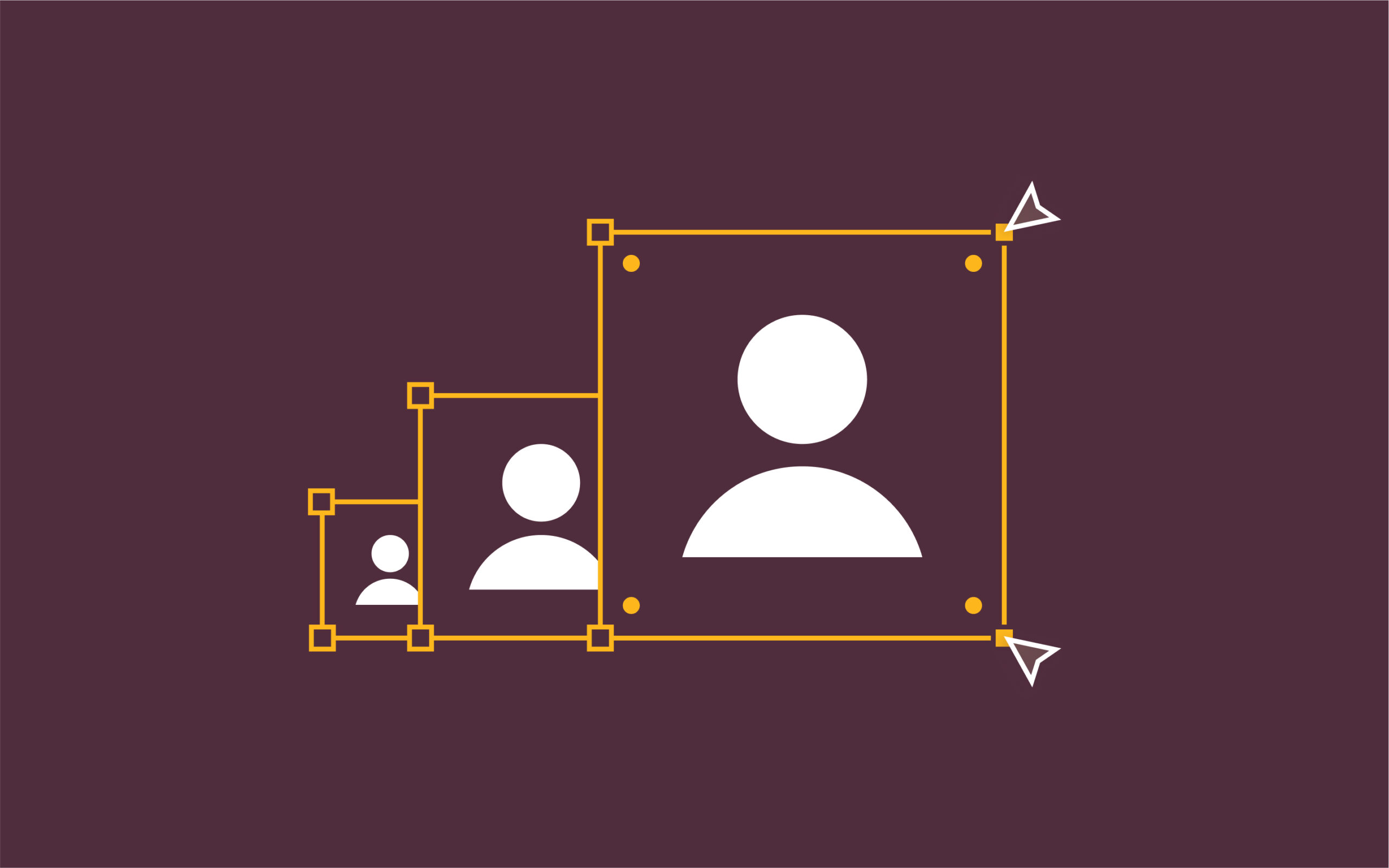The best countries to hire remote designers

Every company has a recognized brand that attracts customers and new hires alike. At the heart of that branding? Designers. The global graphic designer job market is over $40 billion, and they live worldwide. All they need is an internet connection to join your remote team full-time.
Hiring top talent from other countries can give you the advantage, as designers come with different backgrounds and skill sets. In a pinch, when you hire remote designers, you'll have more time-zone coverage for client emergencies.
Designers come from disciplines and skill sets, some even specializing in software development with startups. But not all remote worker talent pools will fit the bill. Some countries stand out for nurturing the creative side of designers.
The top 6 best countries to hire designers
1. Spain
With the release of the digital nomad visa in Spain, remote workers, including those in web design, are flocking worldwide to the country. Spain is the third most popular destination for European tech talent, after Germany and the United Kingdom. The tech ecosystem is undoubtedly thriving, with seven companies reaching unicorn status ($1 billion-plus valuations) by 2021, and the number is expected to double by the end of 2023.
For design inspiration, the Barcelona Centre of Design caters to international audiences to promote the city’s creative and design scenes, nurturing local design talent.
Keep reading to learn the top countries to hire designers so you can add more talent to your team.
- Average designer salary: EUR 52,895 or USD 57,774
- Time zones: CET, UTC+1:00
- Top talent hubs: Barcelona, Madrid
2. Singapore
Singapore is recognized as a "nation by design" due to its creative and innovative solutions to various challenges. The country had to create a solution for everything—from cleaning its own water to public housing despite limited land resources—earning the UNESCO designation for Creative City of Design in 2015. As a result, design has become a significant part of Singapore's culture, making it an attractive destination for highly skilled UI/UX design professionals in high demand.
A hub for digital innovation, Singapore's emerging industries like AI, data science, and cybersecurity also require top-notch design talent. Singapore is the third highest adopter of artificial intelligence in Southeast Asia.
- Average designer salary: SGD 90,099 or USD 67,200
- Time zones: GMT+8:00
- Top talent hubs: Singapore
3. Philippines
The IT services industry in the Philippines is on track to reach $1.75 billion in 2023, including talent outsourcing. The Philippines is conveniently located for remote teams in Australia, Japan, and Southeast Asia and open collaboration, something very prevalent in Philippine work culture and new hire onboarding. The growing tech market in the country comes with competitive pricing and bilingual remote workers with high English proficiency.
The UI/UX design talent pool in the Philippines skews younger (18-34 years old) with up to four years of experience, as the UX landscape is just starting to take off in the country.
- Average designer salary: PHP 1,917,448 or USD 34,416
- Time zones: PHT, UTC+8:00
- Top talent hubs: Manila, Cebu, Davao
4. Canada
If you're struggling to find top talent for your company on platforms like LinkedIn or job boards within the US, consider hiring remote workers from Canada. Following the pandemic, Canada is outpacing the United States with its growth in the tech workforce.
The country's primary tech hub, Toronto, is in the same time zone as New York, making communication simple. Toronto boasts a high demand for UX designers and is home to the largest concentration of tech employment, followed by Montreal and Vancouver. Competitive exchange rates with the US can also lower your web development costs.
Managing remote employees requires efficient project management, but Rippling can help you navigate the intricacies of Canadian provinces and remain compliant while onboarding new team members.
- Average designer salary: CAD 84,416 or USD 61,998
- Time zones: PT, UTC-7:00; MT, UTC-6:00; CT, UTC-5:00; ET, UTC-4:00; AT, UTC-3:00
- Top talent hubs: Toronto, Montreal, Vancouver
5. United Kingdom
If you're looking to hire remote UX design workers, consider adding the United Kingdom to your recruiting list. This country has world-class talent, evident in its thriving tech sector that saw higher investment than mainland Europe. The industry reached the equivalent of $1 trillion in value in 2022, with innovation in health research and electronic devices.
Entry-level and mid-level UX designers' talent is untapped for companies abroad as they’ve seen pay cuts as of late, making the UK a promising source of top talent. In 2021 alone, three million job roles were attributed to the UK's digital tech economy, showing a 40% increase over the last two years.
- Average designer salary: GBP 69,753 or USD 89,347
- Time zones: GMT+1:00
- Top talent hubs: London, Manchester
6. Mexico
Did you know that Latin America has the second strongest growth for technology talent, particularly in software engineering and UX design? Coursera's analysis of their learners reveals that Mexicans excel in technology, with expertise in interactive design. Local design agencies have even produced work for major US corporations such as Fiat and Harley-Davidson, which shows adaptability with style and software tools.
Most bilingual graphic designers in the country hold a diploma, and 40% of talent entering the field is at entry-level. Working remotely from Mexico is made more accessible by the slight time difference with the U.S.
- Average designer salary: MXN 537,594 or USD 31,466
- Time zones: PT, UTC-7:00; MT, UTC-6:00; CT, UTC-5:00
- Top talent hubs: Mexico City, Guadalajara, Monterrey
*Note: Salary data is gathered from levels.fyi. Exact values vary depending on updated currency exchange rates, seniority levels, and geographical location within each country.
Hiring remote designers across the globe with Rippling
Managing a global workforce while complying with local laws can be complex, especially when dealing with remote work in other countries. Rippling simplifies the entire employee lifecycle by providing a centralized platform, from offer letters to offboarding.
With just a click of the "hire" button, Rippling can support your global workforce right away, including:
- Setting up localized employment agreements
- Making payroll to employees and contractors globally without delays caused by bank transfers or conversions
- Ensuring compliance with overtime, leave, and termination requirements quickly and efficiently
Catch Rippling in action and learn how Rippling EOR can monitor the tangled web of global onboarding requirements—so you don’t have to.
Thinking about hiring a web designer in Spain? Stay compliant with Spanish labor laws by following our new hire checklist.
Rippling and its affiliates do not provide tax, accounting, or legal advice. This material has been prepared for informational purposes only, and is not intended to provide, and should not be relied on for tax, legal, or accounting advice. You should consult your own tax, legal, and accounting advisors before engaging in any related activities or transactions.










